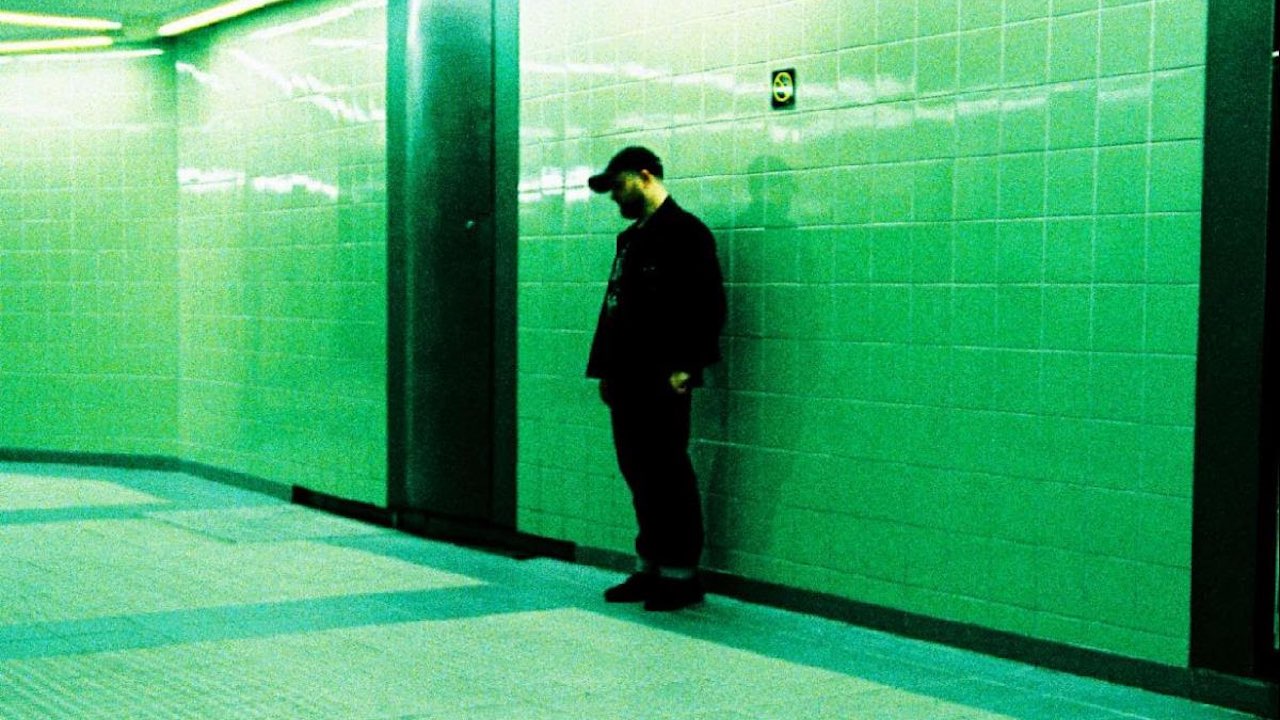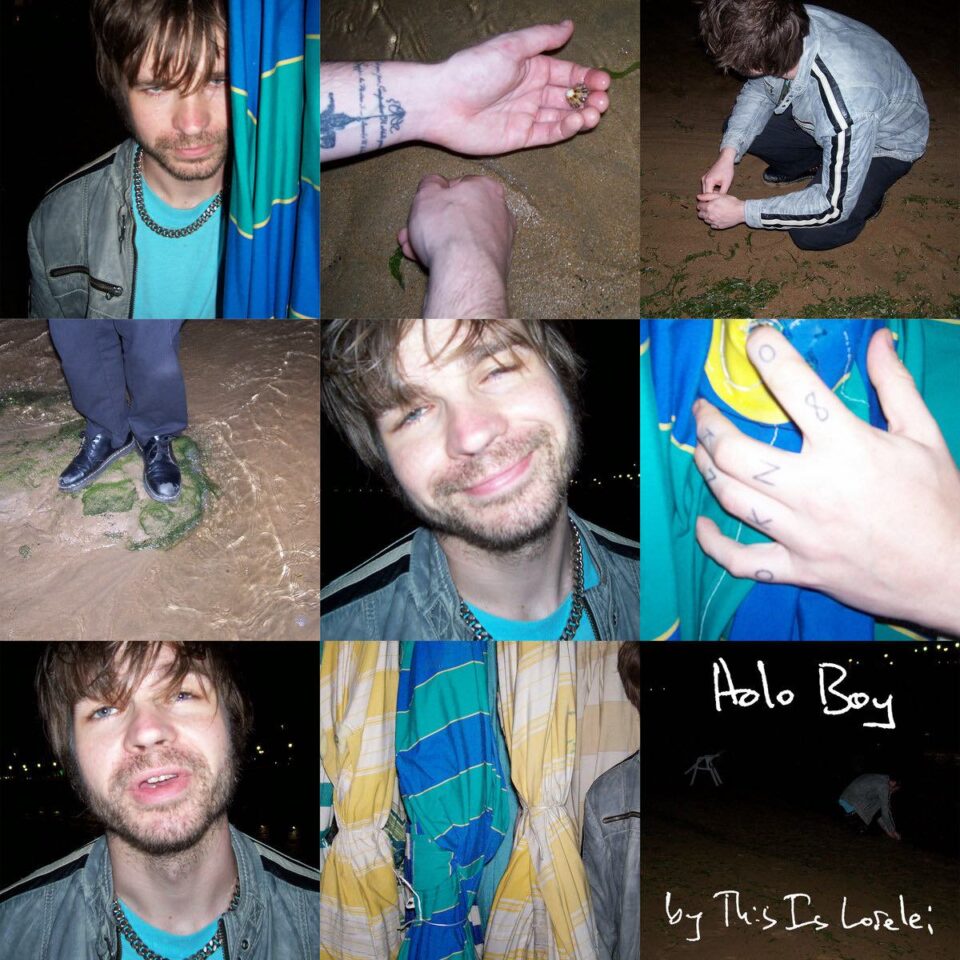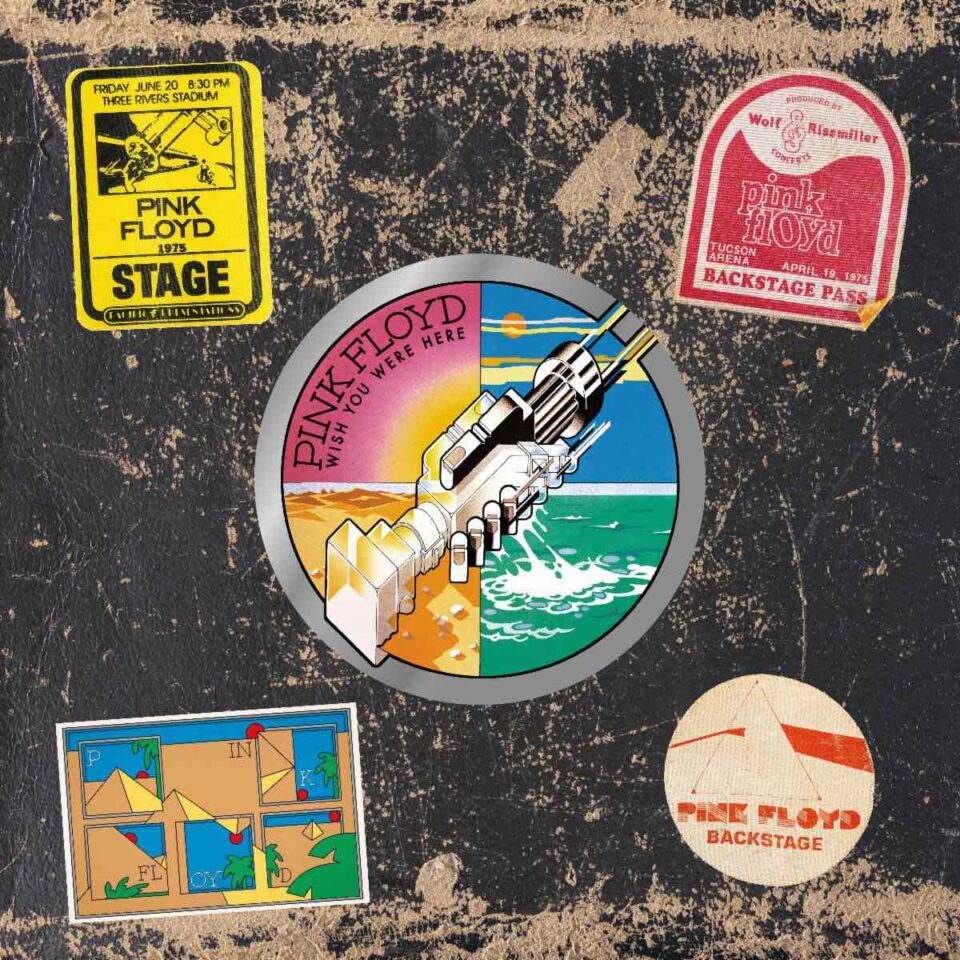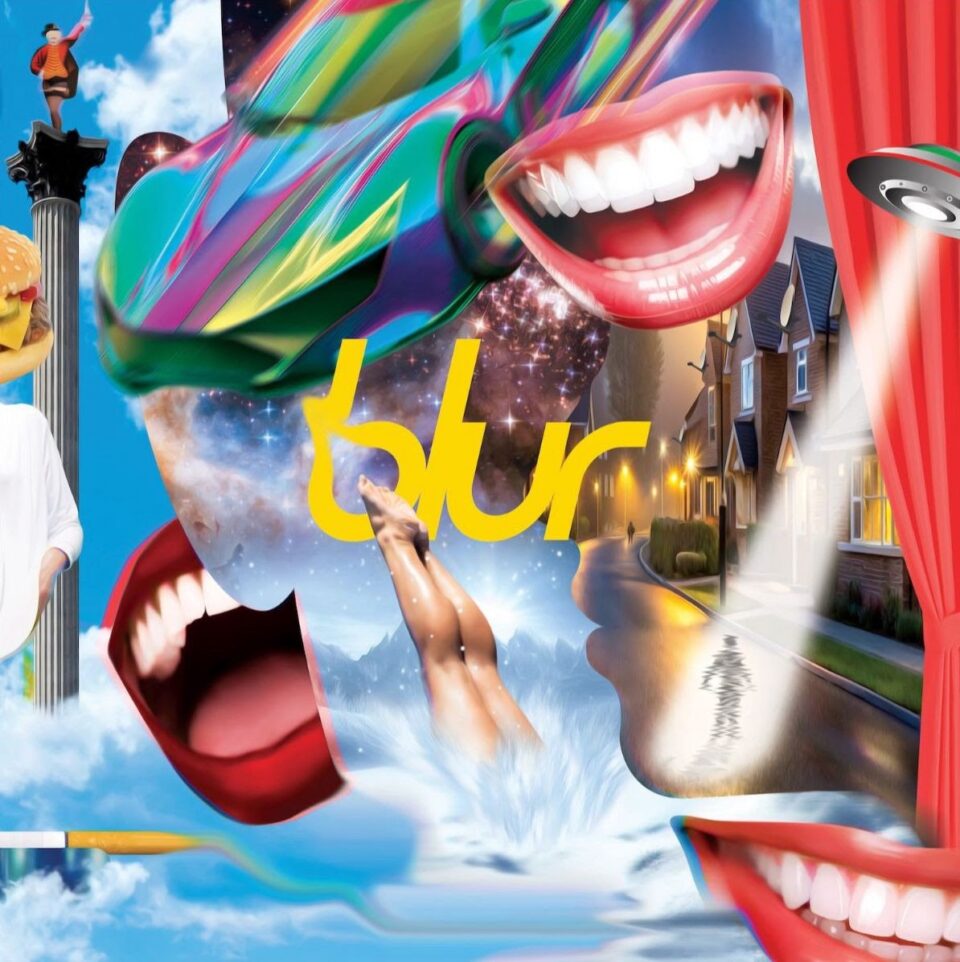The literal-bedroom-pop-to-viral-sensation pipeline has become a little less unique of a trajectory for musicians in recent years, as TikTok seems to be single-handedly responsible for bringing obscure mid-’10s DIY artists like Surf Curse and Vundabar to the masses. Yet one could argue the way was paved by a teenaged Daniel Johann Lines, whose woozily Australasian take on what Orchid Tapes and Sam Ray were doing throughout that decade in the US became unavoidable on sites like Tumblr. His only full-length release as salvia palth, 2013’s melanchole, seemed to have caught fire after Lines had already moved on from releasing music through the project, returning only to unleash a set of demos in 2014 and return in 2021—like everyone else who vanished into the ether of internet stardom—to contribute a song to a Bandcamp benefit compilation.
This morning, salvia palth returned with the surprise release (on a Wednesday, no less) of the project’s second album, last chance to see. Released Stateside via bedroom-pop VIPs (and Surf Curse’s former label, incidentally) Danger Collective, the record is a revealing look at what Lines was cooking under all those layers of fuzz on his debut. “These songs thematically tie in with what people who are still listening to the first album might need to hear: young people who struggle to make meaningful relationships,” Lines shared upon the record’s release. “With melanchole, there’s no real closure, and there’s no real path forward. You’re stuck with this stunted teenage philosophy of vague nihilism that I’m trying to replace with a more constructive philosophy.”
From the funky opener cheekily titled “no intro” and the first proper track (also cheekily) titled “interlude,” last chance to see is perhaps just as endearingly scattered as melanchole was, though in lieu of the haunted-ambient textures is a confident blend of somnambulant slacker-rock and propulsive indie-pop, largely marked by upbeat instrumentation and Lines’ familiar half-asleep vocal delivery. The record fully hits its stride near the end, as the hallucinogenic, dub-tinged repetition of “best friend on the cross” seems to play on for an eternity, despite clocking in at a tight three and a half minutes.
Given the decade that’s passed between the two albums, it makes sense that Lines was pulling from a much different set of influences for these two releases. To help us get a sense of what he’s been spinning, check out the playlist he crafted for us below.







